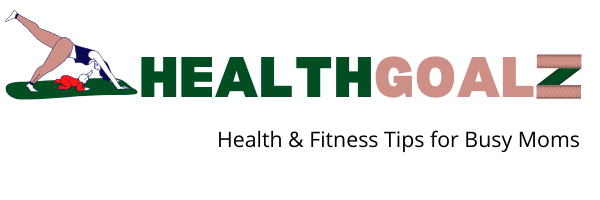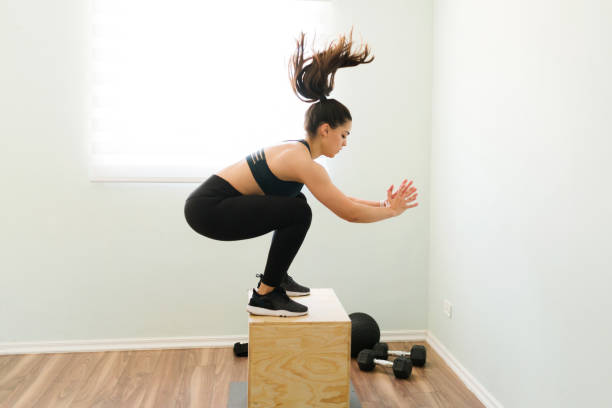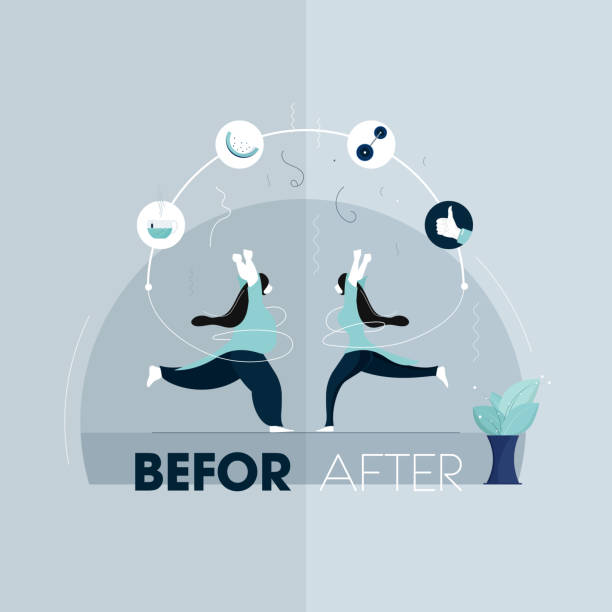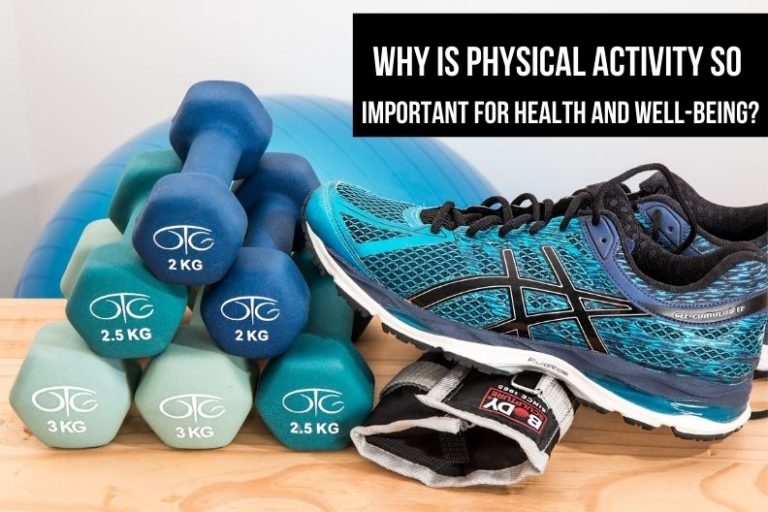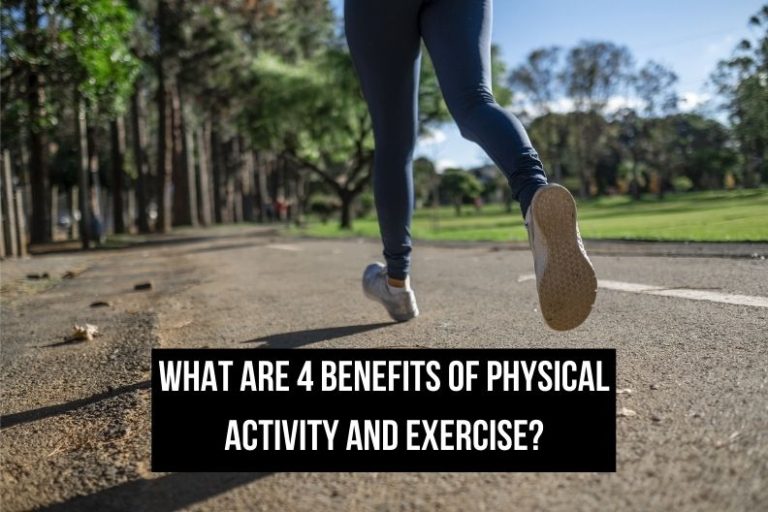The Benefits of High-Intensity Interval Training (HIIT)
The Benefits of High-Intensity Interval Training (HIIT)
In today’s fast-paced world, finding time for exercise can be a challenge. However, staying active is essential for maintaining optimal health and fitness. High-Intensity Interval Training (HIIT) has gained significant popularity as an efficient and effective workout method that provides numerous benefits in a shorter amount of time compared to traditional cardio workouts. Whether you’re a fitness enthusiast or someone looking to kickstart your exercise routine, incorporating HIIT into your fitness regimen can deliver impressive results. Let’s explore the advantages of HIIT and how it can enhance your overall well-being.
Table of Contents
Introduction to High-Intensity Interval Training (HIIT)
HIIT is a form of cardiovascular exercise that alternates between short, intense bursts of activity and brief recovery periods. This workout technique focuses on pushing your body to its limits and maximizing effort during the intense intervals. HIIT workouts typically last between 10 and 30 minutes, making them ideal for individuals with busy schedules.
Understanding the Concept of HIIT
Definition of HIIT
High-Intensity Interval Training involves performing exercises at a near-maximum intensity level for a specific duration, followed by a short rest or active recovery period. The intense intervals can range from 20 seconds to a few minutes, depending on your fitness level and goals. The primary goal of HIIT is to elevate your heart rate significantly and challenge your body to burn more calories.
How HIIT Works
During high-intensity intervals, your body enters an anaerobic state, which means it relies on stored energy reserves rather than oxygen. This metabolic state leads to an increased calorie burn not only during the workout but also for hours afterward. The intermittent nature of HIIT allows you to achieve this calorie-burning effect while still allowing brief recovery periods to catch your breath.
Benefits of High-Intensity Interval Training
Increased Calorie Burn
One of the most significant benefits of HIIT is its ability to burn calories efficiently. Research has shown that HIIT workouts can result in a higher calorie burn compared to steady-state cardio exercises. The intense bursts of activity during HIIT increase your metabolic rate and keep it elevated even after the workout, promoting fat loss.
Time Efficiency
For individuals with limited time, HIIT offers a time-efficient solution. Traditional cardio workouts often require longer durations to achieve similar results. With HIIT, you can complete a highly effective workout in as little as 20 minutes. This makes it easier to fit exercise into a busy schedule, increasing adherence and consistency.
Improved Cardiovascular Health
HIIT provides significant benefits to cardiovascular health. The intense intervals raise your heart rate and improve your cardiovascular endurance. Regular HIIT sessions can enhance your heart’s efficiency, lower blood pressure, and increase the elasticity of blood vessels. These improvements reduce the risk of heart disease and improve overall cardiovascular fitness.
Enhanced Metabolism
HIIT stimulates the production of human growth hormone (HGH), which plays a vital role in metabolism. The increased release of HGH during HIIT helps your body burn fat, build lean muscle mass, and improve overall body composition. As a result, your metabolism becomes more efficient, even during periods of rest.
Muscle Building and Toning
While HIIT primarily focuses on cardiovascular fitness, it also offers muscle-building benefits. The explosive movements and resistance exercises involved in HIIT stimulate muscle growth and strength development. Regular HIIT workouts can help you achieve a toned physique and increase overall muscle definition.
Adaptability and Variety
HIIT workouts can be customized to suit various fitness levels and preferences. You have the flexibility to choose from a wide range of exercises, including bodyweight movements, plyometrics, kettlebell exercises, or using equipment such as dumbbells or resistance bands. This versatility allows you to tailor your workouts to target specific muscle groups or achieve specific fitness goals.
Boosted Energy Levels
Engaging in HIIT workouts regularly can provide a natural energy boost. The intense physical exertion releases endorphins, which are hormones that promote feelings of euphoria and happiness. Additionally, HIIT improves oxygen and nutrient delivery to your muscles, enhancing your overall energy levels and stamina.
Appropriate for All Fitness Levels
Contrary to popular belief, HIIT is suitable for individuals of all fitness levels. The intensity and duration of the intervals can be adjusted based on your current fitness level and goals. Beginners can start with shorter, less intense intervals and gradually progress over time. The adaptability of HIIT allows you to challenge yourself while still working within your capabilities.
Increased Endurance
Regular participation in HIIT can lead to a significant improvement in endurance levels. By continually pushing your body to its limits and increasing the intensity of your workouts, you’ll notice that everyday activities become easier to perform. HIIT trains your body to become more efficient in utilizing oxygen and enhances your overall stamina.
Incorporating HIIT into Your Fitness Routine
To ensure a safe and effective HIIT workout, it’s essential to consider a few key factors.
Warm-up and Cool-down
Before diving into an intense HIIT session, it’s crucial to warm up your body. Perform dynamic stretches, such as arm circles, leg swings, and lunges, to prepare your muscles for the upcoming workout. Similarly, cool down with static stretches to help your body recover and prevent muscle soreness.
Choosing the Right Exercises
Select exercises that engage multiple muscle groups and elevate your heart rate. Examples of effective HIIT exercises include burpees, mountain climbers, squat jumps, high knees, and bicycle crunches. Incorporating a variety of exercises keeps your workouts interesting and targets different areas of your body.
Designing HIIT Workouts
Plan your HIIT workouts in advance by deciding on the number of intervals, duration of each interval, and the rest period in between. Aim for a balance between challenging intensity and manageable recovery. Gradually increase the difficulty of your workouts as your fitness level improves.
Frequency and Duration
The frequency of your HIIT sessions will depend on your fitness level and recovery capabilities. Start with two to three sessions per week and allow for at least one day of rest between sessions. As you progress, you can increase the frequency to four to five times per week. Each session typically lasts between 20 to 30 minutes, including warm-up and cool-down.
Safety Considerations
While HIIT can be highly beneficial, it’s important to prioritize safety during your workouts. Maintain proper form during exercises to avoid injury. Listen to your body and take breaks when needed. If you have any underlying health conditions or concerns, consult with a healthcare professional before starting HIIT.
HIIT vs. Traditional Cardio Workouts
Comparing HIIT to traditional cardio workouts can help you understand its unique advantages.
Comparing Calorie Burn
HIIT workouts have been shown to burn more calories per minute compared to steady-state cardio exercises. The intense intervals and elevated heart rate during HIIT result in a higher calorie expenditure, even with shorter workout durations.
Cardiovascular Benefits
Both HIIT and traditional cardio workouts offer cardiovascular benefits, but HIIT provides a more time-efficient way to improve cardiovascular fitness. The intense bursts of activity in HIIT challenge your heart and lungs, leading to improved endurance and overall cardiovascular health.
Time Commitment
One of the main advantages of HIIT is its time efficiency. Traditional cardio workouts often require longer durations to achieve the same calorie burn and cardiovascular benefits as HIIT. With HIIT, you can achieve comparable results in a fraction of the time, making it easier to incorporate into a busy lifestyle.
Muscle Building Potential
While traditional cardio workouts primarily focus on cardiovascular endurance, HIIT also offers muscle-building benefits. The explosive movements and resistance exercises in HIIT workouts stimulate muscle growth and strength development, leading to a more well-rounded fitness routine.
Tips for Getting Started with HIIT
Embarking on a new fitness journey can be both exciting and challenging. Here are some tips to help you get started with HIIT:
Setting Realistic Goals
Set realistic and achievable goals that align with your fitness level and overall objectives. Whether your goal is to lose weight, build muscle, or improve endurance, having a clear vision will keep you motivated and focused.
Gradual Progression
Start with shorter, less intense intervals and gradually increase the duration and intensity as your fitness level improves. Avoid pushing yourself too hard too soon, as this can increase the risk of injury and hinder long-term progress.
Finding Motivation
Find sources of motivation that resonate with you. Whether it’s listening to energizing music, working out with a friend, or tracking your progress, discover what inspires you to stay consistent and committed to your HIIT routine.
Listening to Your Body
Pay attention to your body’s signals and adjust your workouts accordingly. If you’re feeling excessively fatigued or experiencing pain, it’s important to give yourself adequate rest and recovery. Push yourself, but also respect your body’s limitations.
Common Misconceptions about HIIT
There are several common misconceptions about HIIT that can deter individuals from trying this effective workout method. Let’s debunk some of these myths:
HIIT is Only for Athletes
HIIT is often associated with professional athletes, but it is suitable for individuals of all fitness levels. The intensity and duration of the intervals can be modified to accommodate beginners and individuals with varying levels of fitness.
HIIT is Too Intense for Beginners
While HIIT can be intense, it can also be tailored to suit beginners. Start with lower-intensity intervals and gradually increase the difficulty as your fitness level improves. Remember, progress is a journey, and everyone starts somewhere.
HIIT Doesn’t Require Equipment
While HIIT can be performed without equipment, incorporating weights or resistance bands can add variety and challenge to your workouts. Equipment can be used to target specific muscle groups and increase the intensity of your exercises.
HIIT is Only for Cardiovascular Fitness
While HIIT is excellent for cardiovascular fitness, it also offers muscle-building benefits. The combination of intense intervals and resistance exercises in HIIT workouts promotes strength development and muscle toning.
HIIT and Weight Loss
If weight loss is one of your goals, HIIT can be a valuable tool in your journey.
The Role of HIIT in Fat Burning
HIIT is highly effective for fat burning. The intense intervals increase your metabolic rate, which leads to a higher calorie burn during and after the workout. Additionally, the muscle-building aspect of HIIT contributes to long-term fat loss by increasing your resting metabolic rate.
Combining HIIT with a Balanced Diet
To maximize weight loss results, it’s essential to combine HIIT with a balanced and nutritious diet. Focus on consuming whole, nutrient-dense foods that support your energy levels and overall well-being. Fueling your body properly will enhance the benefits of your HIIT workouts.
Long-term Weight Management
Incorporating HIIT into your fitness routine can contribute to long-term weight management. The time efficiency and calorie-burning effects of HIIT make it easier to maintain an active lifestyle, even during busy periods. By making HIIT a regular part of your routine, you can sustain a healthy weight over time.
HIIT for Mental Health
In addition to the physical benefits, HIIT also offers significant advantages for mental health.
Stress Reduction
Engaging in intense physical activity releases endorphins, which are natural mood boosters. HIIT workouts can help reduce stress, alleviate anxiety, and improve overall mental well-being. The focus required during HIIT sessions can provide a temporary escape from daily worries, promoting mental clarity and relaxation.
Mood Enhancement
The release of endorphins during HIIT not only reduces stress but also enhances mood. HIIT workouts can leave you feeling more energized, motivated, and positive. Regular participation in HIIT can contribute to an overall improvement in mental and emotional well-being.
Cognitive Benefits
Research suggests that HIIT workouts can have positive effects on cognitive function. The increased blood flow and oxygen delivery to the brain during intense exercise can enhance cognitive performance, including memory, focus, and attention. Incorporating HIIT into your routine can provide a mental boost and improve overall brain health.
Conclusion
High-Intensity Interval Training (HIIT) offers numerous benefits for individuals seeking an efficient and effective workout method. From increased calorie burn and improved cardiovascular health to enhanced metabolism and muscle building, HIIT delivers impressive results in a shorter amount of time compared to traditional cardio workouts. By incorporating HIIT into your fitness routine and following proper safety guidelines, you can enjoy the advantages of this versatile and adaptable training approach.
FAQs
1. Is HIIT suitable for people with joint issues?
HIIT can be adapted to accommodate individuals with joint issues. Low-impact exercises, such as swimming or cycling, can be incorporated into your HIIT routine to reduce stress on the joints. It’s essential to listen to your body and modify exercises as needed to avoid exacerbating any existing joint conditions.
2. Can I do HIIT every day?
While HIIT offers numerous benefits, it’s important to allow your body time to recover between sessions. Aim for two to three HIIT workouts per week, with at least one day of rest between sessions. Overtraining can lead to increased risk of injury and burnout.
3. Can I do HIIT if I’m a beginner?
Yes, HIIT can be adapted for beginners. Start with shorter intervals and lower intensity exercises, gradually increasing the duration and intensity as your fitness level improves. It’s important to focus on proper form and listen to your body to prevent injury.
4. How long should a HIIT workout last?
A typical HIIT workout can range from 20 to 30 minutes, including warm-up and cool-down periods. The duration of the intervals and rest periods can vary depending on your fitness level and goals. It’s important to find a balance between challenging yourself and allowing for adequate recovery.
5. Can HIIT help with weight loss?
Yes, HIIT can be an effective tool for weight loss. The intense intervals and elevated metabolic rate during HIIT promote calorie burning and fat loss. When combined with a balanced diet, HIIT can contribute to long-term weight management.
